The Fascinating World of Trilobites and Trilobite Fossils
Trilobites were swimming in seas millions of years before the dinosaurs walked the Earth.
Trilobites are extinct arthropods that form the class Trilobita. They appeared at the start of the Cambrian period (540 million years ago) and flourished throughout the lower Paleozoic era before beginning a drawn-out decline to extinction when, during the Late Devonian extinction, all trilobite orders, with the sole exception of Proetida, died out. The last of the trilobites disappeared in the mass extinction at the end of the Permian 250 million years ago.
Physical Description
The bodies of trilobites are divided into three parts (tagmata): a cephalon (head), composed of the two preoral and first four postoral segments completely fused together; a thorax composed of freely articulating segments; and a pygidium (tail) composed of the last few segments fused together with the telson. The pygidia are still fairly rudimentary in the most primitive trilobites. The thorax is fairly flexible—fossilised trilobites are often found curled up like modern woodlice for protection.
Different trilobites made their living in different ways.
Some led a benthic life as predators, scavengers or filter feeders. Some swam in order to feed on plankton. Still others are thought to have evolved a symbiotic relationship with sulfur-eating bacteria from which they derived food.
Trilobites are among the most well-known early marine arthropods that roamed the Earth during the Paleozoic Era, approximately 250 million years ago. These remarkable creatures showcased a wide array of forms and sizes, reflecting a significant diversification that took place during their time. Fossil evidence indicates that trilobites existed in various habitats, from shallow marine environments to deep-sea floors, which highlights their adaptability and ecological significance within ancient ecosystems.
Biologically, trilobites are characterized by their distinct three-lobed body structure, which consists of a cephalon (head), a thorax (body), and a pygidium (tail). This unique segmentation allowed for efficient locomotion and provided protection from predators. Trilobites also possessed compound eyes, some of which are among the earliest examples of sophisticated visual systems in the animal kingdom. Their eyes varied in complexity, with some trilobite species exhibiting a remarkable ability to see in low-light conditions, further emphasizing their evolutionary advancements.
The vast diversity of trilobites is exemplified by the more than 20,000 recognized species, showcasing an impressive range of adaptations. Some species developed spines or shell ornamentation, which likely served as defencse mechanisms against predation or as a means of camouflage. Throughout the Paleozoic Era, trilobites played pivotal roles as both predators and prey, contributing significantly to the marine food web. However, despite their evolutionary success and dominion in ancient seas, trilobites went extinct by the end of the Permian period, approximately 252 million years ago. This mass extinction event marked the end of their reign and significantly reshaped marine biodiversity.
Understanding trilobites provides insight into the dynamic and complex ecosystems of the past. These fascinating creatures not only represent evolutionary milestones but also offer clues about ancient environmental conditions, making their fossils invaluable to paleontological research.
Showcasing the Artistry of Natural Fossils: A Closer Look at Moroccan Trilobite Fossils
Moroccan trilobite fossils are renowned not only for their age but also for their exceptional level of preservation and intricate detailing. These ancient organisms thrived approximately 250 million years ago, and the conditions under which they were fossilized in the Moroccan sedimentary rock formations are remarkable. Unique geological processes, including the right combination of temperature, pressure, and sedimentary consistency, preserved their intricate exoskeletons, enabling modern collectors and enthusiasts to appreciate their beauty and complexity.
The fine detail seen in Moroccan trilobite fossils is a result of the unique anoxic environments in which they were buried. This lack of oxygen inhibited the decay of organic matter and allowed for the creation of stunningly preserved specimens. The fossils often exhibit vibrant colours and exquisite textures, which are enhanced by mineralization that occurred over millions of years. Collectors find Moroccan trilobites particularly appealing due to their visual aesthetics and the plethora of species available, showcasing a wide variety of sizes and shapes.
Excavation and preparation techniques used to extract these trilobite fossils are also essential in maintaining their natural beauty. Skilled paleontologists utilize careful methods to prevent damage during extraction, often employing hand tools to delicately unearth the specimens. Following excavation, meticulous preparation involves cleaning and conserving the fossils, which may include the use of stabilizers and adhesives to ensure their integrity. This labour-intensive process not only helps preserve the trilobite fossil but also highlights their artistic value, allowing them to be showcased effectively in collections and exhibitions.
Moroccan trilobite fossils serve a dual purpose as both scientific treasures and stunning natural sculptures, inspiring admiration and curiosity among those who encounter them. Their significance lies not merely in their age but also in their role as a bridge to understanding Earth’s distant past and the remarkable life forms that once inhabited it.

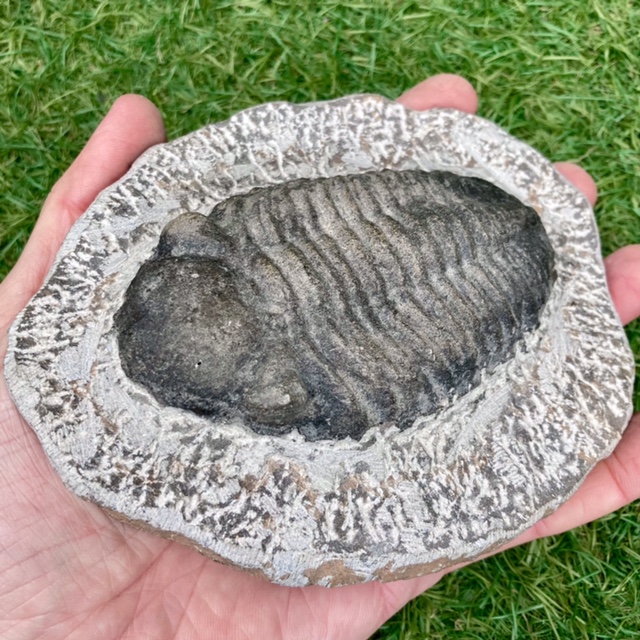
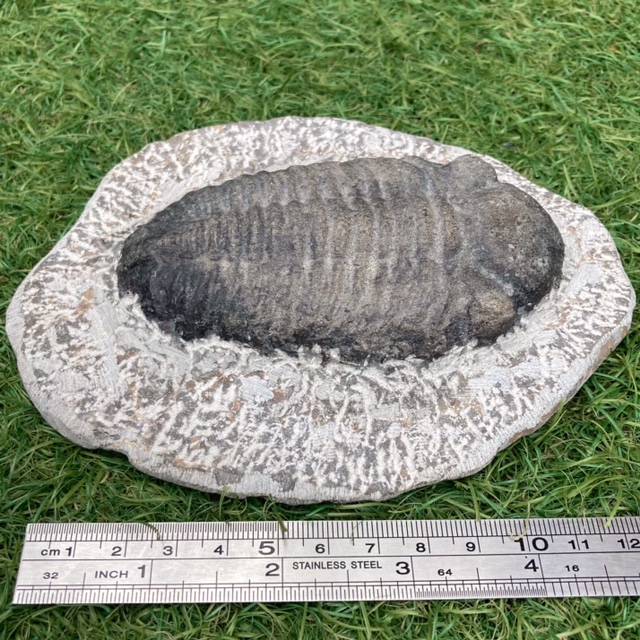

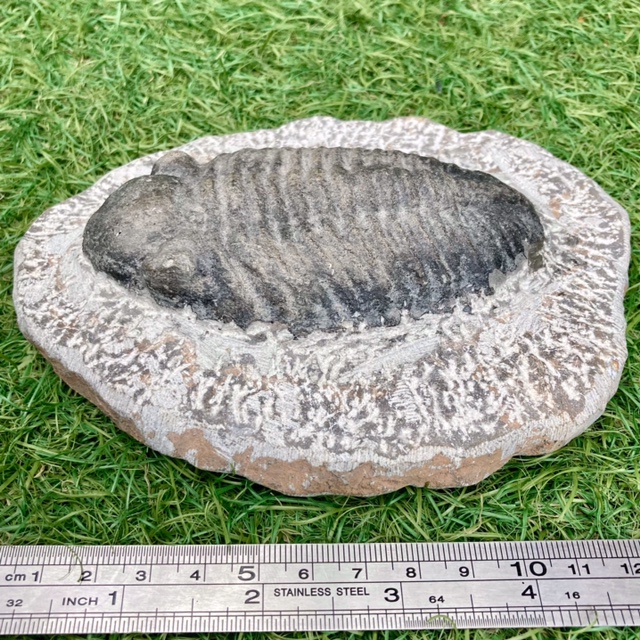

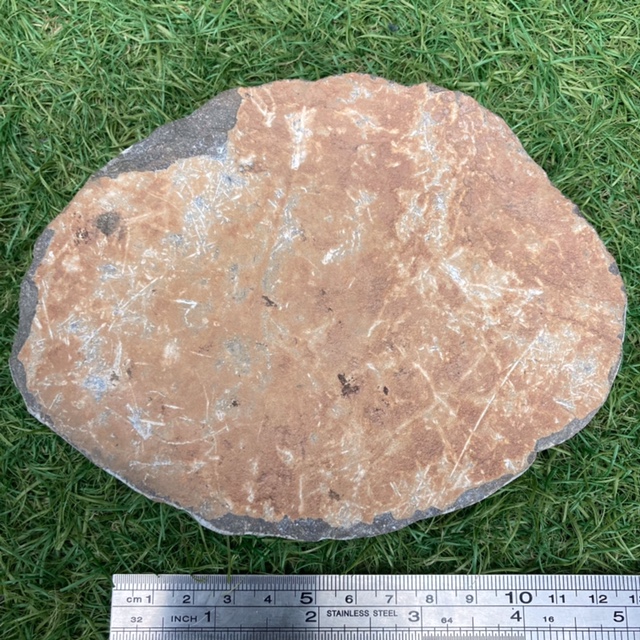

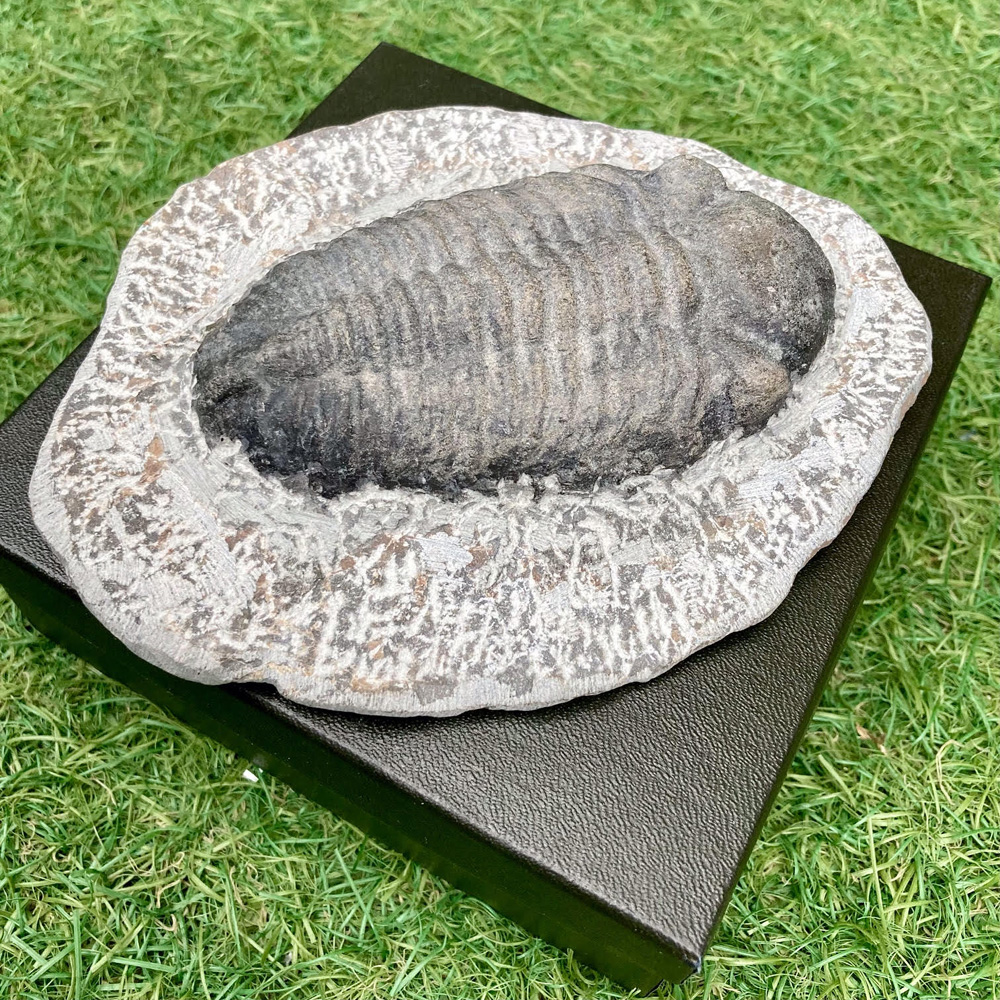
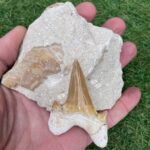
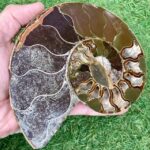
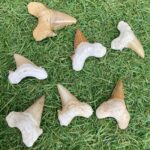
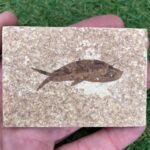
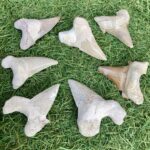

Reviews
There are no reviews yet.